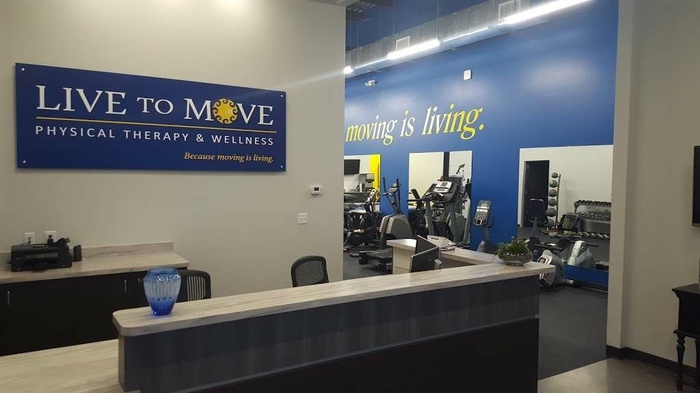Becoming a certified Orthopedic Manual Therapist (OMT) needs proper dedication, specialized training, and clinical experience. Here's an essential guide to help you on your journey to becoming a certified Orthopedic Manual Therapist:
-
Education: Start by completing a bachelor's degree in a related field, such as physical therapy, kinesiology, or exercise science. Ensure that the program you choose is accredited and meets the requirements of the professional organization responsible for certification.
-
Gain Clinical Experience: After completing your undergraduate degree, gain clinical experience by working in a physical therapy setting. This will provide you with practical skills and a better understanding of patient care.
-
Graduation from a Physical Therapy Program: To become an Orthopedic Manual Therapist, you must graduate from an accredited Doctor of Physical Therapy (DPT) program. This typically takes three years to complete. The DPT program will provide you with a comprehensive understanding of physical therapy principles and practice.
-
Licensure: After graduating from a DPT program, you must obtain a license to practice physical therapy in your jurisdiction. The requirements for licensure vary by country and state, so be sure to research and fulfill all the necessary criteria.
-
Post-Graduate Training: Pursue post-graduate training in Orthopedic Manual Therapy. There are various continuing education courses and certifications available that specialize in manual therapy techniques. Look for programs that are recognized and accredited by reputable organizations, such as the International Federation of Orthopaedic Manipulative Physical Therapists (IFOMPT).
-
Clinical Mentorship: Seek opportunities for clinical mentorship with experienced Orthopedic Manual Therapists. Working under their guidance will enhance your clinical reasoning and manual therapy skills. It's important to learn from experienced practitioners to develop your expertise in this specialized field.
-
Certification: Once you have acquired the necessary clinical experience and completed the required coursework, you can pursue certification as an Orthopedic Manual Therapist. Certifying bodies, such as IFOMPT, offer examinations to assess your knowledge and practical skills. Meeting the certification requirements demonstrates your proficiency as an Orthopedic Manual Therapist.
-
Continued Professional Development: After obtaining certification, continue to enhance your skills through ongoing professional development. Attend conferences, workshops, and seminars to stay up-to-date with the latest research, techniques, and advancements in Orthopedic Manual Therapy.
-
Specialize: Consider specializing in a specific area within Orthopedic Manual Therapy, such as spine, upper extremity, lower extremity, or sports rehabilitation. Specialization allows you to deepen your knowledge and expertise in a particular area, making you a valuable resource for patients with specific conditions.
-
Maintain Ethical and Professional Standards: As a certified Orthopedic Manual Therapist, it is important to maintain high ethical and professional standards. Adhere to the code of ethics established by professional organizations and always prioritize patient well-being and safety.
Remember that becoming a certified Orthopedic Manual Therapist requires continuous learning and practice. It's a rewarding journey that allows you to make a significant impact on the lives of your patients by improving their musculoskeletal health and function.


No comments yet